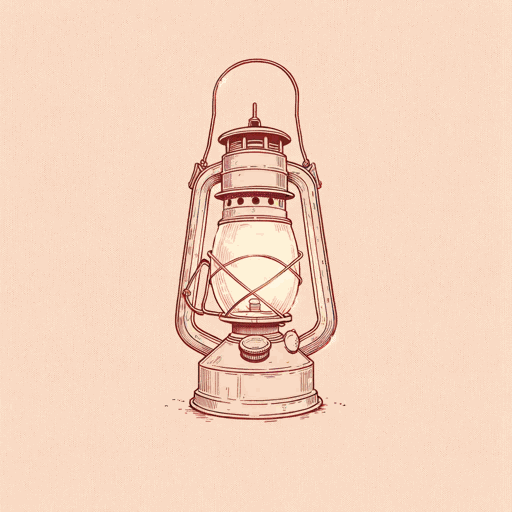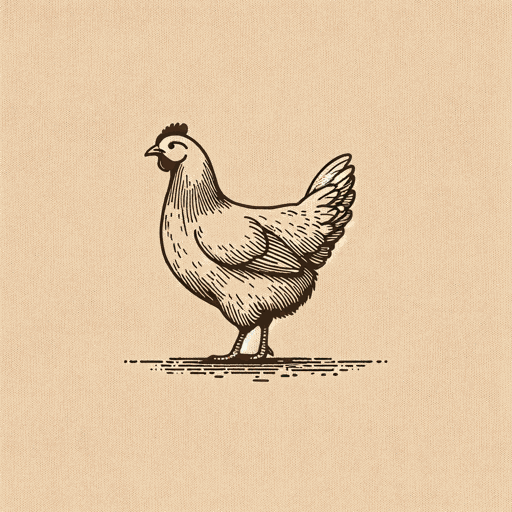18 pages • 36 minutes read
Margaret WalkerChildhood
Fiction | Poem | Adult | Published in 1989A modern alternative to SparkNotes and CliffsNotes, SuperSummary offers high-quality Study Guides with detailed chapter summaries and analysis of major themes, characters, and more.
Symbols & Motifs
Red
Red as a symbol in “Childhood” represents the violence, destruction, illness, and difficulty the people of this community faced. The color red permeates the entire first stanza of the poem. Beginning with the “red miners” in Line 1, the speaker characterizes the miners by the color of the dirt they worked in, which changed their skin and clothing to red. The red clay also colored the land, represented by the “red hills” in Line 3 and the camps where the miners lived (“their camps / dyed with red dust from the Ishkooda mines” [Lines 3-4]). These early images of red indicate that the mine permeated the entire community, from where people lived to the color of the people’s skin.
As a symbol, red isn’t used in the second stanza. Rather, Walker’s speaker uses other words, symbols, and concepts that reiterate the color red. As a color, red typically symbolizes passion and anger. In Line 13, the poem recognizes that the community was consistently rocked by the “sentiment and hatred” (Line 13) that “still held sway” (Line 13). The use of “hatred” (Line 13) indicates anger, frustration, fervor and passion. Line 14 returns to the concept of the land: “and only bitter land was washed away” (Line 14).
Related Titles
By Margaret Walker



